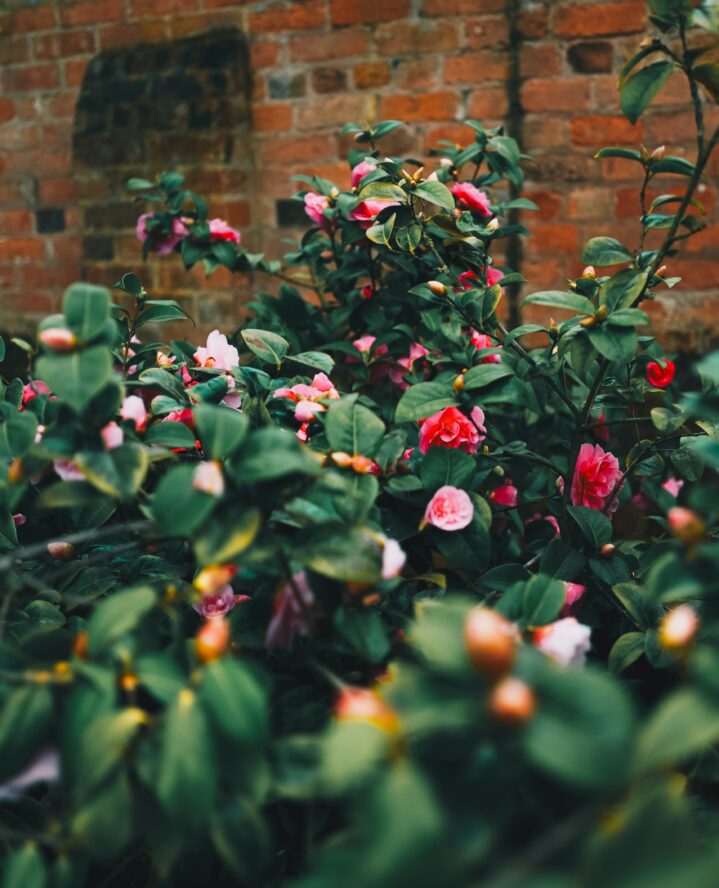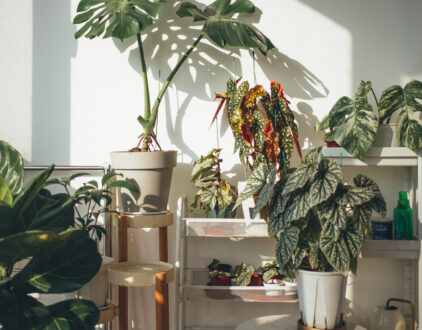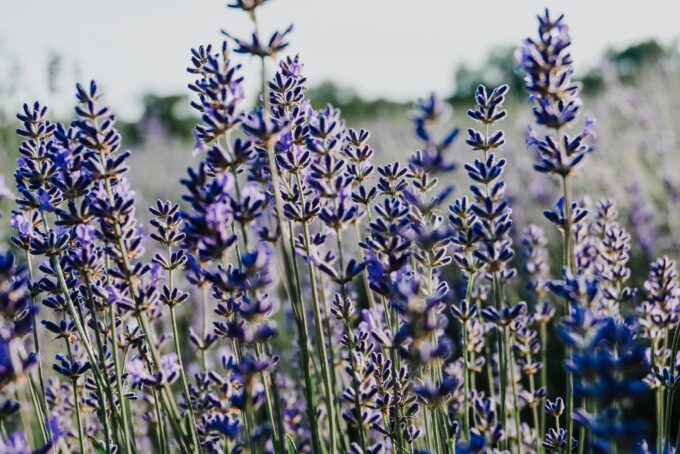Giving someone the simple but beautiful gift of a rose can say so much. For many lovers, the popular flower is a way to express love and gratitude. Even those who aren’t romantically tied enjoy giving and receiving such fragrant and visually appealing presents – but have you ever considered the care and attention behind each one of the bouquets for sale at your local supermarket? Gardeners pour their hearts into taking care of every blossom they come across, in hopes that more come closely behind it. It’s rewarding to support local florists and nature lovers with your business, but for those who want to start growing plants of their own, we have all the information you need on when to trim rose bushes for optimal growth.
It may seem intimidating to take care of your own flowers, but you can rest assured knowing that its difficult to damage roses beyond repair and new growth will quickly hide any mistakes made in the learning process. Maintaining your bushes is important if you want to see more blooms surface throughout the season and keep your garden looking healthy; not trimming can lead to early death via disease and pests. After reading our guide below, a thick pair of gauntlet gloves and some pruning shears (or a pruning saw) is all you need to get started!
When to Trim Rose Bushes
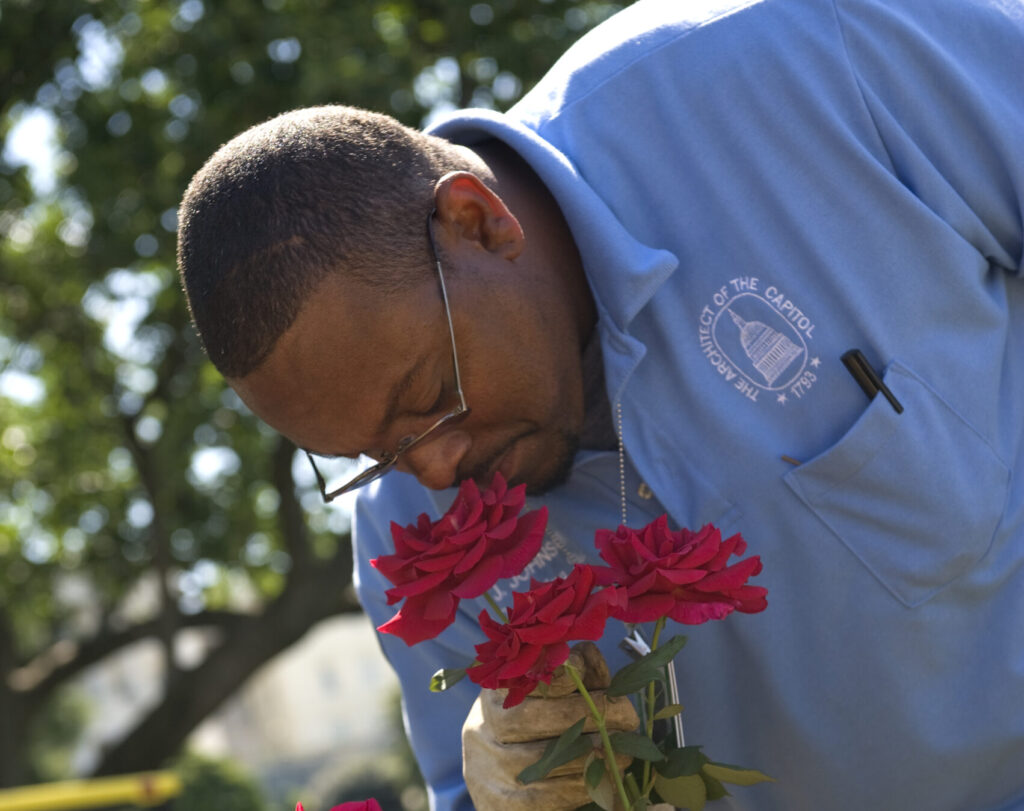
Better Homes & Garden suggests pruning your bushes annually for best results. Once-blooming variates should be trimmed in the early summer, but after they’ve bloomed. You can return for a shape-up in the late summer, but anything taken off after that can reduce how many blooms you see return the next year.
With other roses, it’s best to do your pruning in late winter or spring, following the last frost date. This can vary widely across the country, and even from year to year in one location, so keep an eye on your local forecast. If another frost happens to come after you prune, don’t stress it, you might just have some cold damage to cut away the next time you take out your shears.
Types of Rose Pruning to Experiment With
Light pruning is when you remove less than one-third of your original plant. You’ll want to be highly selective about your cuts, holding onto roses with a nice natural shape, good bloom and little disease.
Slightly more invasive is moderate pruning, which is most ideal for gardeners seeking to improve the branching structure of their bush as it encourages new growth and better flowering. To achieve this, you’ll cut your plant 18-24 inches high with five to 12 canes coming from the base.
Finally, there’s severe pruning – most often used for long-stemmed flowers like hybrid teas though its also used to refresh older plants that are underperforming. This method takes roses six to ten inches in height and three to five canes, but it’s important to note that some plants might not bloom well after being cut back this much. Instead, their focus might turn to regrowing stems that you won’t see bloom until next year, even if that plant would typically bloom all through the season.
How to Care for Your Flowers
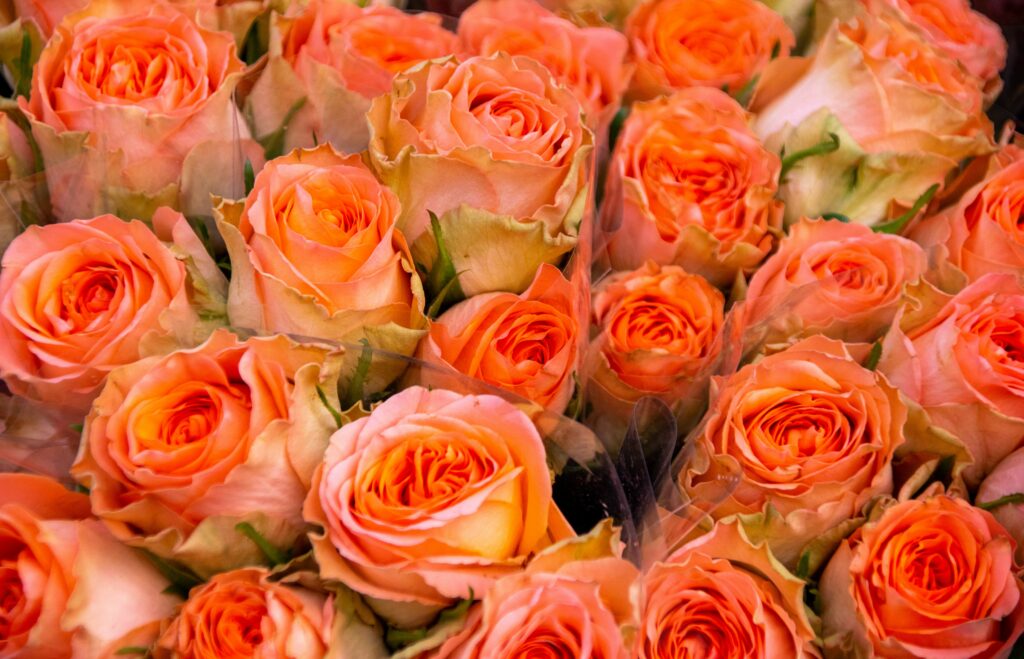
- Remove any branches or stems on your rose bush that are dead. You’ll want to cut back to live wood, which typically looks green outside.
- Next, move on to any branches that are unhealthy or broken, also pruning them back to healthy wood.
- Any branches crossed through the center of your rose bush should be cut away to their point of origin on a main stem. This helps open up the center so future blooms can thrive.
- If any new growth looks much thinner and weaker than the rest, it can also be cleared out. This gives the plant more energy to direct towards its stronger, thriving stems.
- In the case of grafted roses, cut off any sucks growing from the rootstock.
- So long as it won’t leave your plant too thin, remove any older, woody growth. This leaves more space for young, vigorously growing flowers to come through.
- When branches are rubbing together, the smaller ones should be cut away; skipping this step can lead to wounds and diseases harming your roses.
- Touch your rose bush up to give it your desired shape. A rounded dome encourages flowering from top to bottom, which some prefer to the results of a flat top.
- Tidy up after yourself. Rake clippings up and dispose of them before treating yourself to an iced cold drink of your choice to celebrate your hard work.
Pro Tips for Rose Pruning Season

- If you’re wondering how and when to trim rose bushes that are newly planted, be sure to only lightly prune them during the first year so they can expend their energy on establishing firm roots rather than on growing stems and leaves.
- Make all final cuts at a 45-degree angle above an outward-facing bud eye.
- Don’t prune your rose bushes back more than ⅓ to ½ of its overall size. Doing so can send the plant into shock which it can’t recover from.
- You’ll want to take a different approach to pruning when it comes to overgrown climbing roses. Reduce size by removing excess canes at the base of the plant, but leave at least three to five stems not cut any shorter than five feet.
- Sealing final cuts on most pruned roses isn’t necessary because the plant will naturally take care of this. However, some gardeners use a dab of white glue on the surface to prevent disease and pest problems like cane borers.
popular posts
Spaces
Whether it’s luxury or ease, every area of your home should be as fabulous and unique as you.
FOLLOW ALONG ON INSTAGRAM
#homeandtexture
Find us on social for more home inspiration where culture, personal style, and sophisticated shopping intersect to help you create a home where you love to live.
